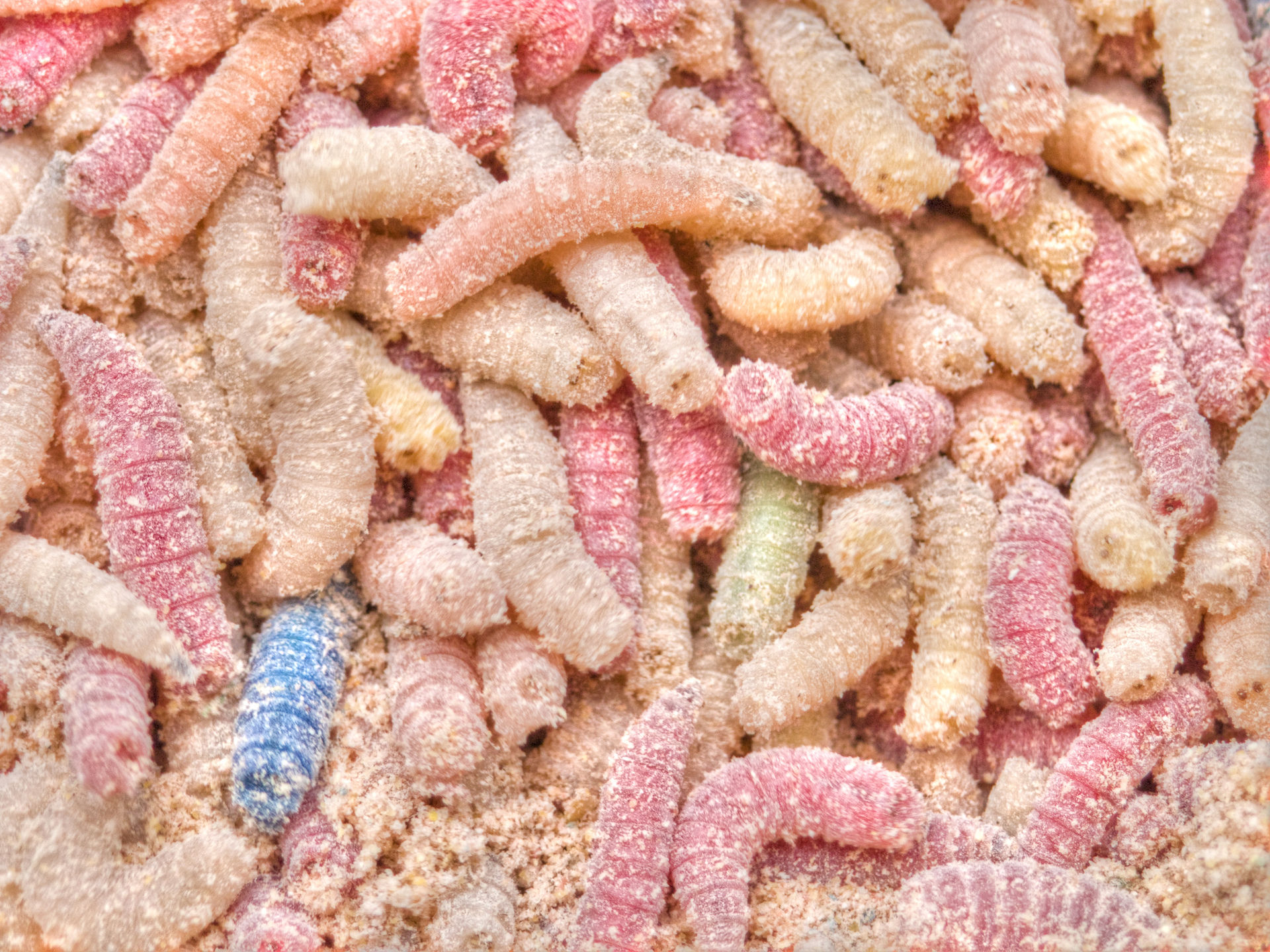The first prerequisite of the angler who would like to keep his bait fresh and alive is a refrigerator. An old kitchen model kept in the garage or outhouse is ideal. Bait tends to smell and may upset other members of the household, so be warned about trying to keep bait in a refrigerator intended for food storage in the kitchen.
You can pick up an old fridge for very little money. The best types for soft bait storage are those with both refrigerator and freezer compartments. Obviously they are more economical should you wish to freeze bait as well as keep it alive.
Related Articles:
-
How To Fish For Salmon (in the Ocean) 2 of 2
-
How to Catch Rock Crabs
-
Bait Collection and Tips – Lugworms Sandeels and Mussels
-
Perch Fishing Tips
-
Unusual Soft Plastic Baits
Lugworms
Lugworm keeps well in clean newspaper for three to four days. For longer periods, use a shallow cat-litter-type tray with just enough water in it to keep the worms wet, stored inside the fridge. Submerging worms in water allows bacteria to travel from one to the other, and may spread diseases that will kill them all.
Ragworms
For ragworm, especially white ragworm, use coral sand in a cat-litter tray. King ragworm will stay alive for up to a week in damp peat; for longer periods, use the same method as for lugworms.
Peeler Crabs
Peeler crabs can be kept alive by covering them with damp newspaper or hessian sacking in a wooden box inside the fridge. Be careful that the crabs do not dry out by using a garden spray bottle containing seawater to damp them down regularly.
Other Live Baits
Many live baits – sandeel, prawns, edible crabs and small pout, for example – will need to be kept in a tank of seawater which is oxygenated using an aquarium pump and air stone.
Frozen Baits Storage
All baits that are to be frozen should be washed first and stored inside small plastic bags. Only store enough in each bag for a single trip, so you do not have to thaw out an unduly large quantity just to get at a handful of bait. Label the bags with details of their contents and the date on which they were frozen so that you can use them in order of freshness.
Crabs, clams and shrimps can be peeled or removed from their shell and frozen separately, either wrapped in foil or cling film. Use only fresh live bait and freeze it as quickly as possible. Also rotate your supplies and don’t freeze large amounts together. Freezing baits in small batches prevents the need to defrost them all to access just a few.















